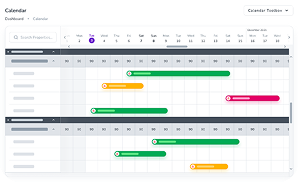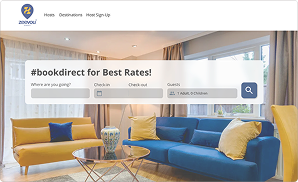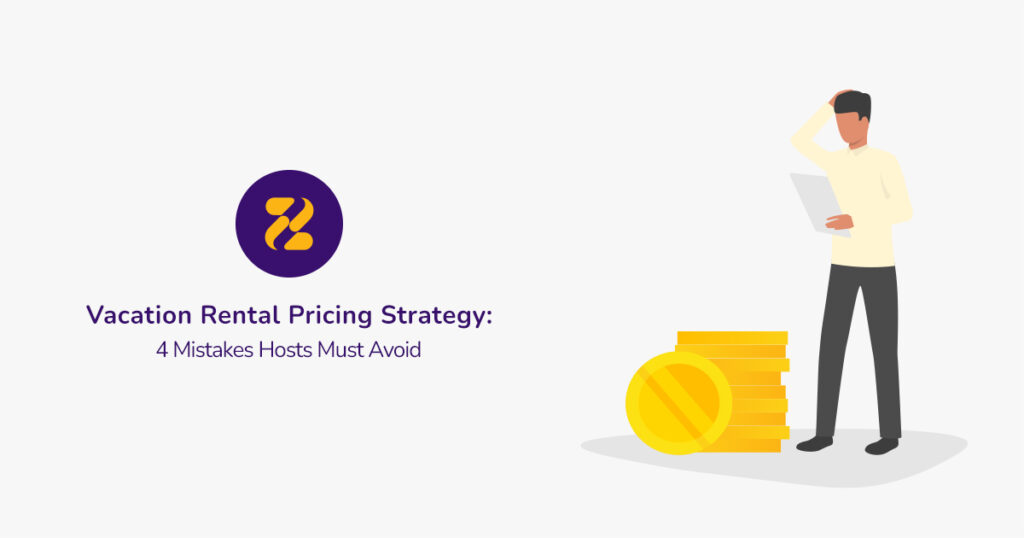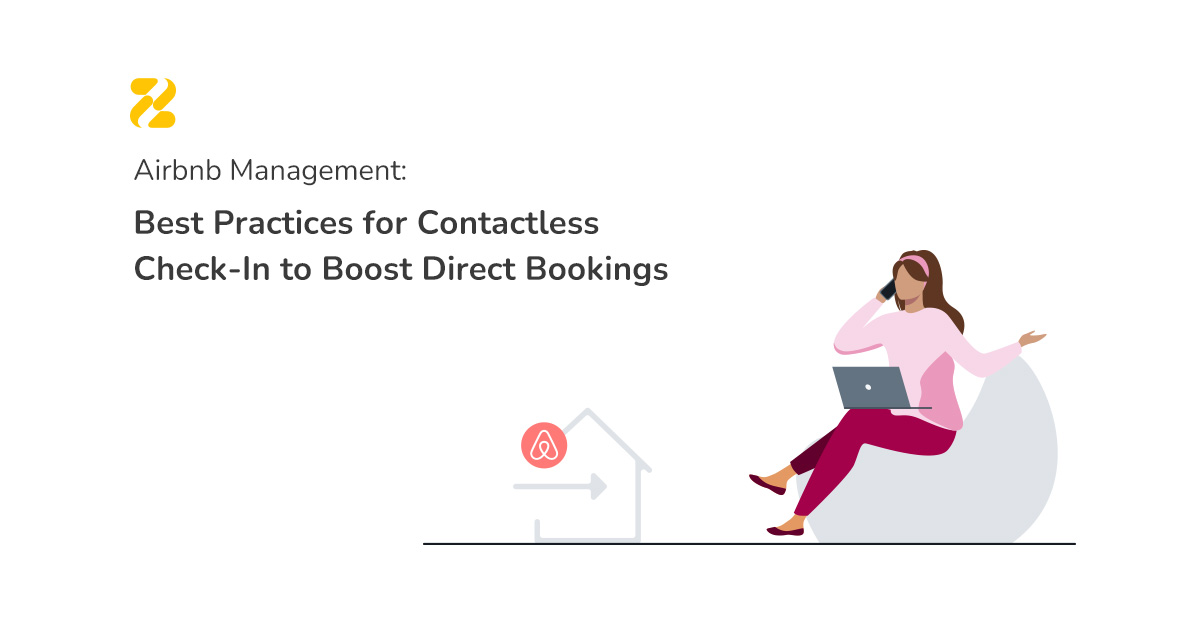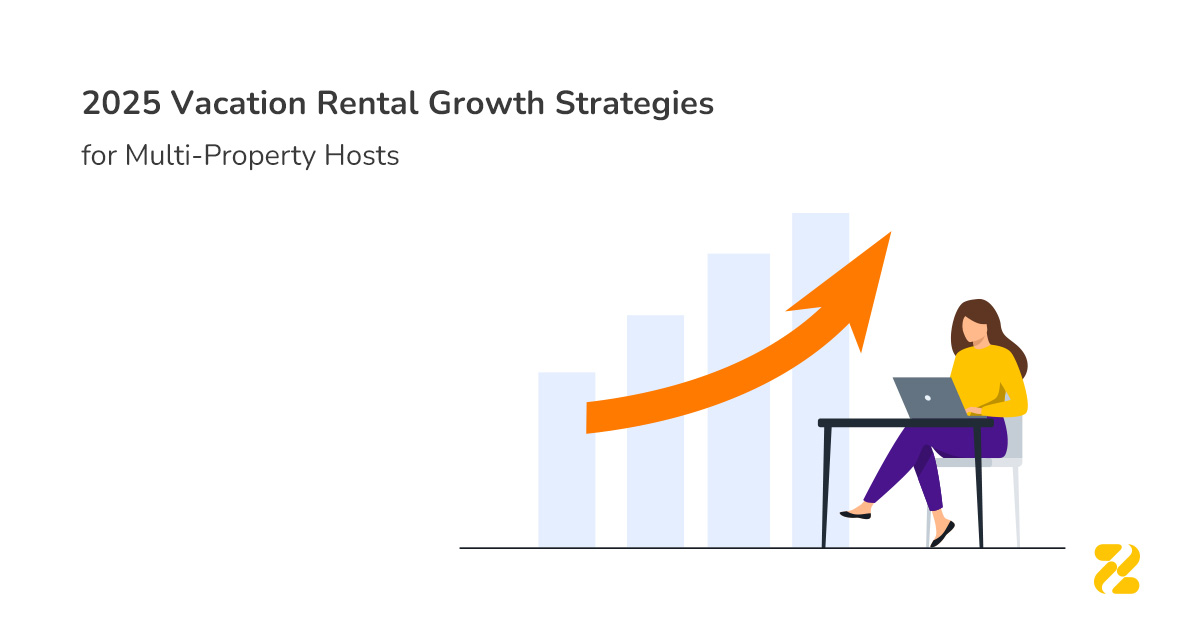Vacation rental revenue management is no rocket science. However, it is complex enough to lead hosts to make small vacation rental pricing mistakes. Even pro-hosts might make some wrong moves in their vacation rental pricing strategy. They might also under-price and leave money on the table or lose occupancy because of overpricing.

There are four major vacation rental pricing mistakes property managers usually make. Let’s do a little more digging into the latest revenue management trends to see if you are making any mistakes as you might find out that your vacation rental pricing strategy needs some serious optimisation.
Table of Contents
Mistake #1: Holding Onto Wrong Revenue Management Metrics
Occupancy rate is a vital property management KPI for a vacation home. You need to monitor your rental occupancy rate closely. You should compare it to the average rate in your region to gain a clear insight into your business’s performance.
If your occupancy is below your regional average rate, you need to revise your guest acquisition efforts. If your rate is above the average, you need to ensure that your listings’ rates are the right ones. Bear in mind that a high occupancy rate does not necessarily equate to making profits. Sometimes, it is even a red flag for an under-priced property.
So, occupancy rate is not an indicator of profitability and is not enough to make effective revenue management decisions. Therefore, vacation rental revenue managers need to find the balance between Average Daily Rate (ADR) and occupancy rate to have a profitable business.
ADR is another essential KPI for making a more efficient vacation rental pricing strategy. This metric gives you an overview of the average revenue you are earning from a property in a specific period. As the rates for a listing are always changing, ADR sums up all the booked nights and calculates the average rate of a given time.
In conclusion, occupancy rate alone must not be the main priority and ultimate goal of your revenue management. If higher occupancy results in a reduction in the ADR, it will greatly affect your business’s lucrativeness. Additionally, the extra operational tasks and expenses that come with renting more nights will put too much burden on you.

Mistake #2: Not Using Dynamic Pricing
With the rapidly changing market trends and fierce competition in today’s short-term rental industry, fixed rates are becoming outdated. They no longer help vacation rental managers unlock their potential revenue or achieve high efficiency.
Today, holding at static pricing translates to missing out on opportunities to optimise your revenue. Not using a data-driven pricing method leads a rental business to overpricing and under-pricing, both resulting in lost profits.
Dynamic pricing is a price optimisation technique. It automatically adjusts a property’s – or a group of properties’ – rates based on factors influencing supply and demand. These factors include seasonality, historical data, local market, competition, special events, holiday demand predictions, and day-of-the-week demand. Dynamic pricing helps vacation rentals make the right balance between optimal rates and high occupancy and achieve better profit margins.
The goal of your revenue management strategy should be finding the optimum price to maximise your profit margins and ensure a high occupancy rate with the right guests. Whether you work with a dedicated revenue manager or use one of the best dynamic pricing software available, it’s important to maximise its potential. Ensure you are always getting the most out of dynamic pricing for your Airbnb or vacation home.
Mistake #3: Not Using a Property Deal Analyser
Investing in a vacation rental without conducting thorough research and analysis is a huge mistake. This can lead to poor investment decisions that result in financial losses. The property manager may overlook crucial factors that significantly impact the property’s potential rental income.
Without a property deal analyser or calculator, you may underprice your property, which can lead to lower returns. This may happen when you don’t take into account variable costs and expenses carefully. As a result, you may end up setting an inappropriate base price for your vacation home.
Another negative outcome is underestimating renovation and repair costs, leading to unexpected expenses. Without a proper analysis of the property’s condition and potential renovation costs, property managers may fail to accurately forecast expenses. Thus, they may overestimate the property’s potential rental income, leading to lower-than-expected profits.
A property deal analyser estimates the money return of your vacation rental investment by analysing various data points. It also considers expenses, including property management fees, taxes, and maintenance costs to calculate the net profit. This tool analyses the investment return, enabling property managers to avoid vacation rental pricing mistakes.

Mistake #4: Not Setting Your Own Customised Rules
Using dynamic pricing tools is a great starting point for adjusting your rates to the market demand deviations. But should property managers automate their vacation rental pricing 100%?
Dynamic pricing tools help you through automatic pricing generated by applying algorithms, statistics, and analytics. This software updates your rates quickly based on the hospitality industry trends, eliminating the need for constant hands-on revenue management.
However, these tools are used by all other vacation rental managers and serviced apartment operators in your area as well. As a result, they can’t always provide you with the best rates for your listings.
Therefore, you still need to stay in control of your nightly, weekly, and longer-term rates. This can be achieved by setting your own vacation rental pricing strategy and rate rules.
Your set of rate rules can be applied to the data-driven base rates generated by dynamic pricing. If you don’t have such rules and don’t review your rates regularly, you could miss the opportunity to maximise your occupancy and profit margins.
Strategies to Avoid Vacation Rental Pricing Mistakes
Consider these rate rules for an effective vacation rental pricing strategy.
1. Minimum Stay Management
A useful strategy to increase occupancy during a period of high demand is having a minimum length of stay requirement. This rule helps vacation rental managers to reduce the number of gap nights (unbookable periods between two long and desirable bookings).
Short stays also mean extra workload and expenses for your rental business. So, the more extended bookings you get at peak times, the more revenue you’ll make. In addition, avoiding one-night bookings will decrease the risk of parties.
Beware that your listing might not appear in OTA’s search results for smaller days if you have longer minimum stay requirements. A two or three-night minimum length of stay during the high season can help you balance between occupancy, rate, and revenue.
Just bear in mind that having a minimum length of stay when there isn’t enough demand for your vacation rental can backfire. It will likely send your potential guests to your competitors.
2. Orphan Nights Discount
Orphan nights (also known as gap nights) are nights between bookings that cannot be booked as they are shorter than the minimum. You need to make an effort to sell these nights, as well. Otherwise, they turn into lost revenue opportunities.
Once certain occupancy levels are met and you’re closer to the arrival date, you can lower your minimum stay requirement. Additionally, setting up discounts for gap nights helps maximise booked nights and increase your income.
3. Occupancy-Based Rate
The short-term rental market trends are dynamic and change rapidly. So, constantly making occupancy-based adjustments to your rates will go a long way in maximising your occupancy and revenue.
Imagine spotting a market surge or seeing your listing’s occupancy fill up quickly. In this case, you need a rule to push prices up after selling a particular percentage of your availability.
For instance, you can adjust your rates to go up by 30% after 25% of your availability has been booked. You can also set a stop sell rule and pause your booking calendar for a short time. Then, sell the remaining nights at a higher rate later.
Conversely, if your property is not getting booked and your occupancy levels are low, you can decrease your nightly rates. You might want to offer last-minute discounts as the check-in dates approach in order not to end up with empty units. If the bookings’ flow is slow in your market, you need to reduce prices before your competitors to win more bookings.

In the world of short-term rental management, so much depends on your vacation rental pricing strategy. You can maximise your bookings and rental income with efficient vacation rental revenue management. This approach is constantly updated with the latest trends and equipped with tools tailored to the rental business.
You need to adjust prices regularly and optimise it based on your primary business goals and revenue generating metrics. Fortunately, you have dynamic pricing software to accompany you in moving towards spotting and offering the best rates at the right time. In addition, you need your own set of rate rules to adjust the dynamic pricing rates to reach your financial goals.
